-
 Published: Jun 12, 2022
Published: Jun 12, 2022
-
 8 min. read
8 min. read
-
 Abby Fields
Abby Fields Branded Content Specialist
Branded Content Specialist
- Abby is a data-driven content marketer with certifications in inbound marketing and content marketing. She’s written hundreds of articles covering digital marketing topics — a few of her specialties include first-party data, marketing and data analytics, marketing strategy optimization, and SEO. When she isn’t writing or optimizing content, Abby loves to spend time reading the latest mystery novel, having movie marathons with lots of snacks, and jamming out to Shania Twain.
Collecting and analyzing data from your audience is the key to implementing revenue-driving marketing strategies for your business. And with the phase-out of third-party cookies underway, harnessing first-party data sources to collect information from your audience has become more crucial than ever.
By collecting data directly from your website visitors and followers, you can stand out from your competitors by creating highly personalized experiences to encourage prospects to convert. First-party data, as well as third-party data, can enrich your knowledge of your audience.
But how do you collect first-party data from your audience? Keep reading to view five sources of first-party data that you can use to learn more about your target audience.
Bonus: Want to learn even more about how you can use first-party data to effectively drive impressive marketing results? Read our free first-party data marketing guide to learn how to collect and leverage more data to drive revenue for your company!
READ THE FIRST-PARTY DATA MARKETING GUIDE
What is first-party data?
First-party data is information you collect directly from your audience. Instead of purchasing consumer data from other businesses, your audience will directly provide you with their information.
First-party data includes various types of information, such as:
- Email addresses
- Names
- Phone numbers
- Job titles
- Company names
- Ages
- Genders
- Locations
- And more
A first-party data strategy helps you learn more about your target audience to optimize your campaigns and reach more of your ideal customers. In addition, first-party data can help you track customer journeys to view where your leads are in the sales funnel.
As a result, you can implement more personalized marketing messages that increase your leads and encourage them to convert into loyal customers.
First-party data vs. second-party data vs. third-party data
Wait, what about second-party and third-party data? If you’re curious about the differences between first-party, second-party, and third-party data, we’ve got you covered.
Let’s dive into the definitions of each below!
First-party data
Like we mentioned above, first-party data is data you collect directly from your audience rather than collecting it from another business or entity. You can use forms, surveys, website analytics tools and more to collect information from your website visitors and customers.
Second-party data
Second-party data is first-party data that is shared with a partner or collaborator. For example, let’s say you own a movie theater and want to run a competition that offers two free movie tickets to the winner. You partner up with TV network who allows people to enter your competition on their website.
Then, the TV network shares the names and email addresses of the people who entered the competition with you and voila, you’ve got your hands on second-party data.
Third-party data
Third-party data is data that is collected by another business or entity that you can purchase or collect. While some third-party data is free, like data from the U.S. Census, you’ll mostly purchase third-party data from another company to gather meaningful data from your target audience.
5 first-party data sources
Not sure where to start finding first-party data to inform your marketing strategies? We’ve got you covered.
Here are five sources of first-party data that you can use to collect valuable information about your audience:
1. Website
One of the biggest sources of first-party data is your website. Consumers visit your website, interact with your pages, and make purchases every day.
Collecting information from the users that interact with your website is an excellent way to learn more about your prospects and current customers.
When users fill out a free quote form or make a purchase, they provide information about themselves, like their email address or phone number.
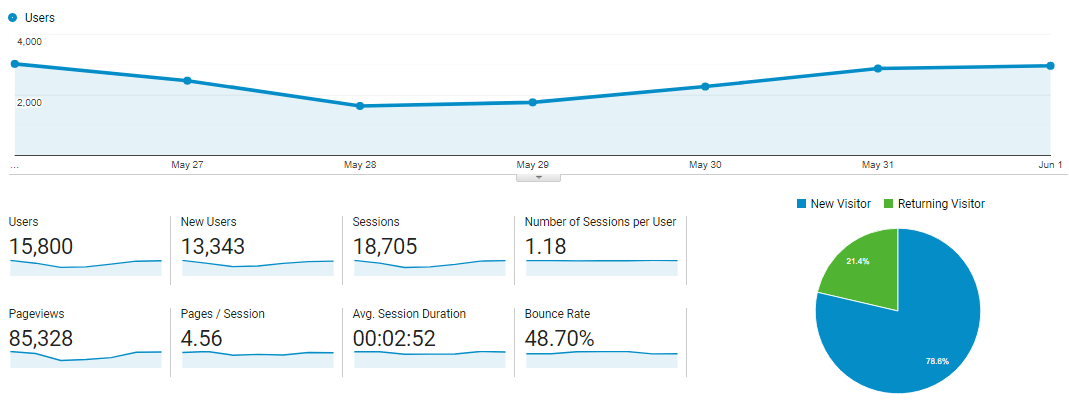
In addition, with website analytics tools, you can track how users interact with your website. For example, you can view the following information about your visitors:
- How much time they spend on your website
- Which pages they visit
- What links and buttons they click on
- What content they viewed before they converted
- And more
So, if you’re looking to gather valuable first-party data for your business, your website is one of the best places to start.
2. Social media
Next on our list of first-party data sources is social media. If you’re currently promoting your brand on social media channels, you can gain a wealth of information from your followers.
For example, many social media sites, like Facebook and Instagram, offer insights into your current followers.
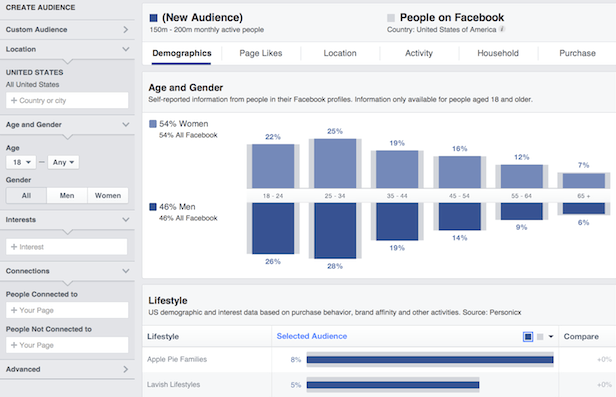
You can view a breakdown of various details about your followers, including their:
- Age
- Gender
- Location
- Education level
- Job title
- Relationship status
- Interests and hobbies
Additionally, social media enables you to easily communicate and engage with your audience. You can ask your followers for feedback on your products or ask them to complete a survey to learn even more about your audience.
3. Surveys
Surveys are a simple and effective way to collect first-party data from your audience. They can provide many significant benefits for your business.
Polls and surveys are optional, which means when your audience completes your survey, they voluntarily provide you with their information.
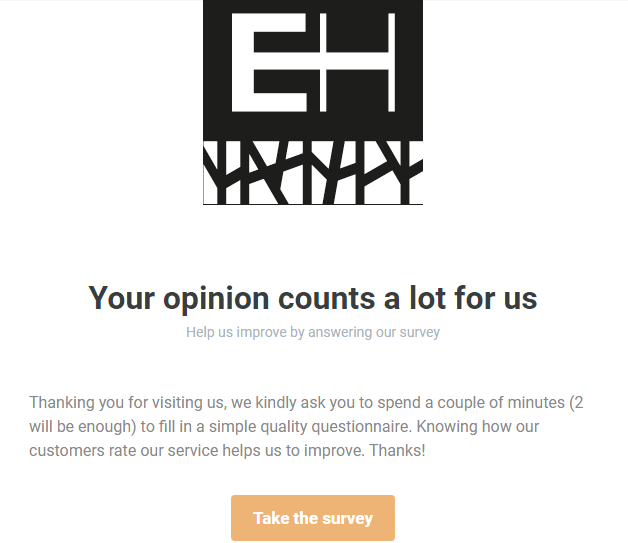
Surveys can not only enable you to gain valuable feedback about your products and services, but they also help you collect a wealth of information about your prospects and customers.
For example, you can create a market research survey that asks your customers why they chose your brand over your competitors.
When you gather first-party data from surveys, you can learn more about your current customers and their thoughts on your products and services.
As a result, you can use this information to optimize your strategies and improve your products to drive better results for your company in the long-run.
4. Lead generation forms
Lead generation forms are one of the best sources of first-party data and for a good reason. By implementing lead generation forms on your website, you can collect valuable data from the consumers who are already interested in your products and services.
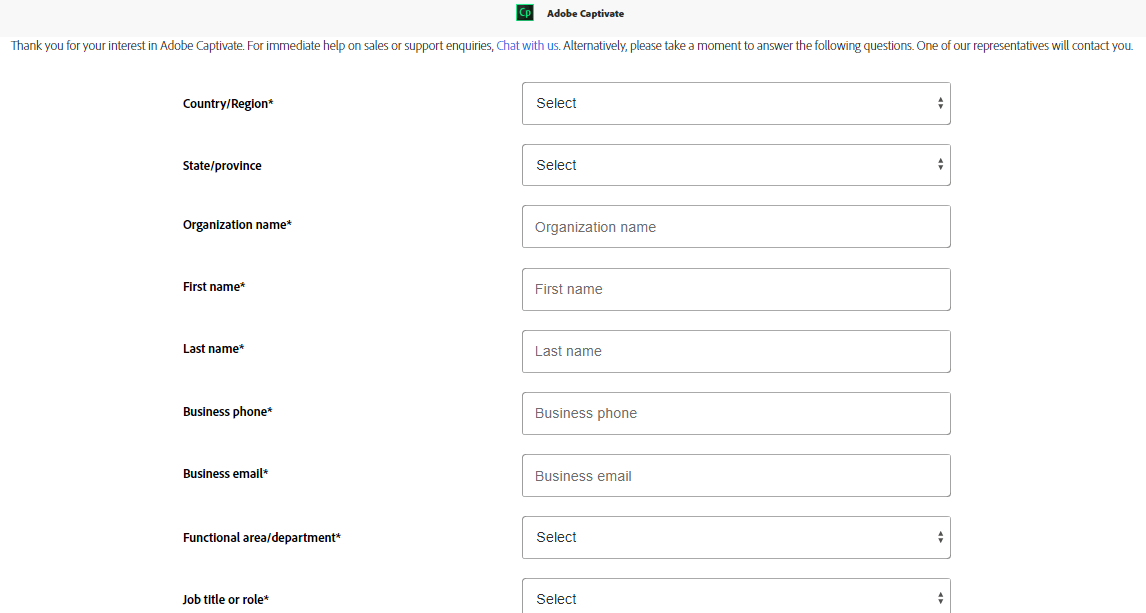
Lead generation forms can be contact forms or free quote forms that require consumers to voluntarily enter their details to get in touch with your business.
For example, you can ask users for their:
- Name
- Email address
- Phone number
- Company name
- Job title
- And more
When you implement lead generation forms on your website, you can gather essential contact details from your leads and prospects. As a result, you can learn more about your ideal customers and implement strategies to encourage your leads to convert.
5. Email
Last on our list of first-party data sources is email. Implementing an email marketing campaign is an excellent way to gather more information about your current and potential customers.
For example, by creating an email newsletter, prospects can voluntarily provide you with their email address and other information to sign up for your emails.
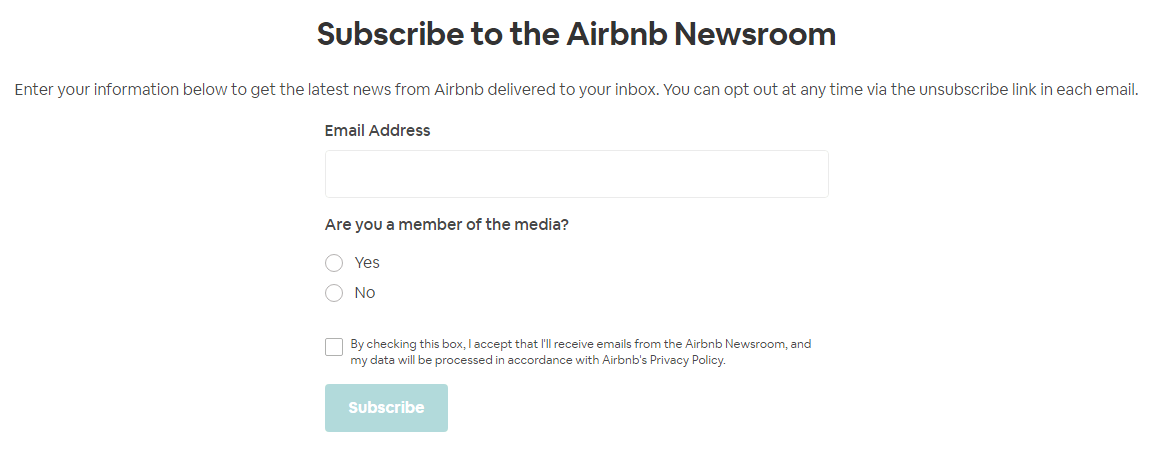
As a result, you’ll gather a list of email addresses and other demographic data from the consumers interested in your brand.
And once you’ve established a list of email subscribers, you can use your emails to collect even more first-party data from your audience. For example, you can send emails asking your customers to complete a survey or review your products and services.
Bonus tip: Get some inspo for how you can leverage these sources to drive more revenue with these first-party data examples!
Our digital marketing campaigns impact the metrics that improve your bottom line.
See More Results
WebFX has driven the following results for clients:
$6 billion
In client revenue
24 million
Leads for our clients
7.14 million
Client phone calls
Use first-party data sources to drive more revenue with WebFX
Are you ready to start driving more revenue with first-party data? WebFX can help!
WebFX is a full-service digital marketing agency specializing in helping businesses like yours use data sources to collect and leverage first-party data to drive impressive marketing results.
Whether you need help with data collection, analysis, or strategy optimization, our “done-for-you” digital marketing services can help you do it all.
If you’re ready to partner with the agency that’s helped clients drive over $6 billion in revenue, we’d love to hear from you!
Chat with one of our strategists by calling 888-601-5359 or contact us online today to learn more about how we can help your business grow!
-
 Abby is a data-driven content marketer with certifications in inbound marketing and content marketing. She’s written hundreds of articles covering digital marketing topics — a few of her specialties include first-party data, marketing and data analytics, marketing strategy optimization, and SEO. When she isn’t writing or optimizing content, Abby loves to spend time reading the latest mystery novel, having movie marathons with lots of snacks, and jamming out to Shania Twain.
Abby is a data-driven content marketer with certifications in inbound marketing and content marketing. She’s written hundreds of articles covering digital marketing topics — a few of her specialties include first-party data, marketing and data analytics, marketing strategy optimization, and SEO. When she isn’t writing or optimizing content, Abby loves to spend time reading the latest mystery novel, having movie marathons with lots of snacks, and jamming out to Shania Twain. -

WebFX is a full-service marketing agency with 1,100+ client reviews and a 4.9-star rating on Clutch! Find out how our expert team and revenue-accelerating tech can drive results for you! Learn more
Try our free Marketing Calculator
Craft a tailored online marketing strategy! Utilize our free Internet marketing calculator for a custom plan based on your location, reach, timeframe, and budget.
Plan Your Marketing Budget

Maximize Your Marketing ROI
Claim your free eBook packed with proven strategies to boost your marketing efforts.
Get the GuideTry our free Marketing Calculator
Craft a tailored online marketing strategy! Utilize our free Internet marketing calculator for a custom plan based on your location, reach, timeframe, and budget.
Plan Your Marketing Budget





